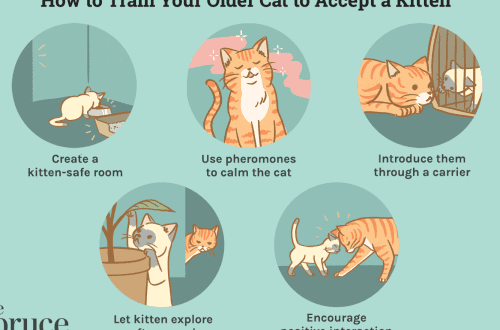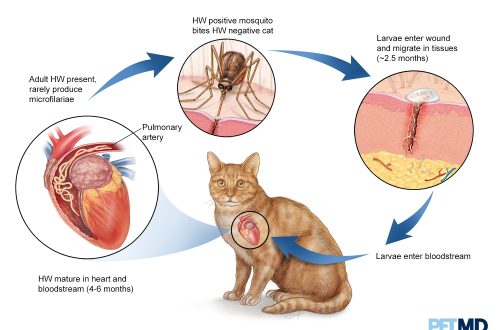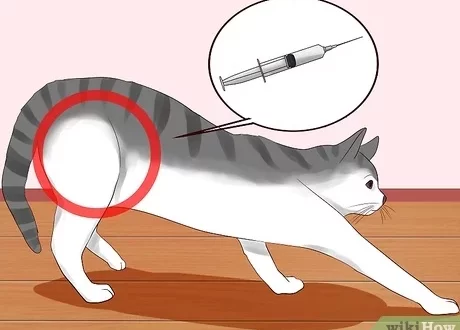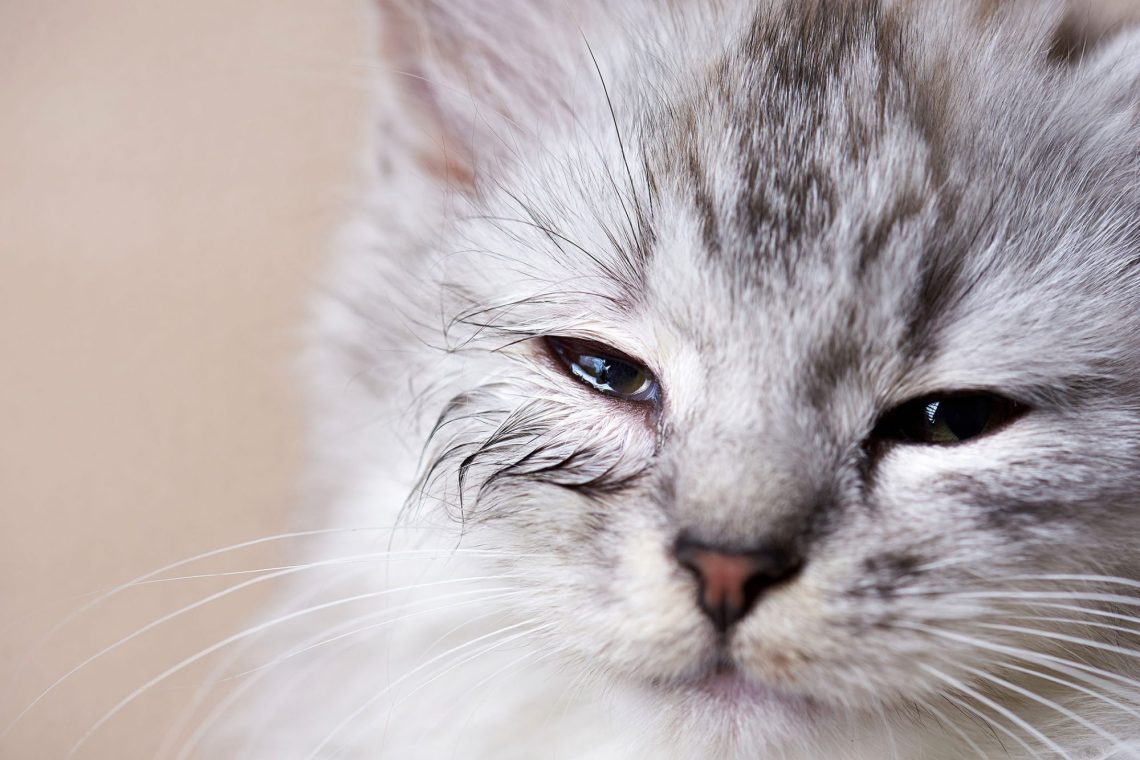
eye diseases in cats
Contents
What to look for
Symptoms of eye problems in cats include:
- frequent blinking;
- photophobia – the animal cannot stand bright light, hides in darker places;
- increased lacrimation;
- pain in the eyes – the cat does not allow to touch, breaks out;
- redness of the mucous membrane;
- inflamed, red, swollen eyelids;
- discharge of pus;
- itching;
- eyes of unnatural and / or different shapes;
- glued eyes after waking up;
- cloudy eyes;
- the animal behaves as if it does not see well;
- pupils of different sizes.
Some pathologies can be supplemented by fever, weakness, thirst. If at the same time the cat develops pus and fever, if it has injured the eye, for example, due to a burn or a blow, then you need to show it to the doctor, regardless of the time of day.
Causes of eye disease in cats
Among the factors that provoke eye diseases in cats, it can be noted:
- viruses and bacteria;
- trauma;
- neoplasms;
- allergies (to food, medicines, care products, household chemicals);
- congenital pathologies;
- heredity.
The risk group includes, for example, Persian cats, in which increased lacrimation is a genetically determined phenomenon. For this reason, an infection can get into the tear ducts.
Diseases of the eyelids
The eyelids perform a protective function, so the negative impact of the environment, first of all, affects their condition.
Blepharitis
Blepharitis is an inflammation of the eyelids and the surrounding skin. It can develop in one eye or both, manifest itself independently or in combination with an inflammatory process in other parts of the organ of vision. It is characterized by the presence of pus, lacrimation, redness, swelling, itching, ulceration of the affected areas.
Among the main reasons are:
- allergies;
- neoplasms of the eyelids;
- trauma;
- conjunctivitis;
- eyelid pathology.
Blepharitis requires a comprehensive diagnosis. Treatment is carried out in accordance with the cause. For example, in case of allergies, the pet is given antihistamines, antiparasitic drugs, in case of tumors or inversion of the eyelids, surgery is indicated, the infectious nature of the disease requires antibiotics.
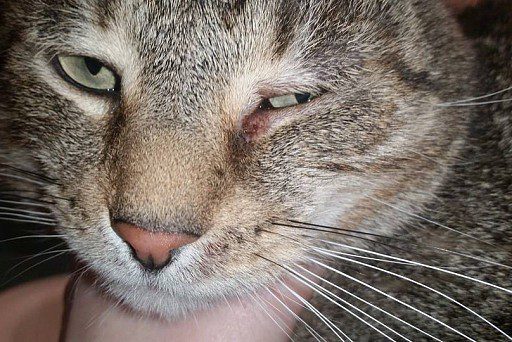
Blepharitis in a cat
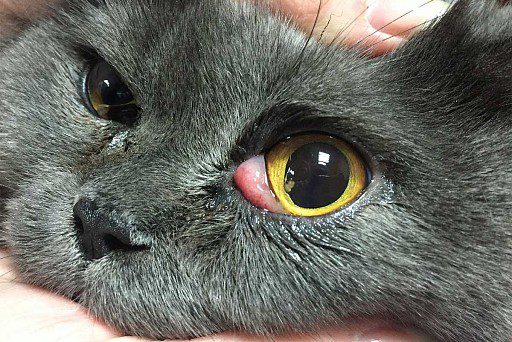
Entropion (inversion of the eyelids)
With this pathology, the eyelid does not adhere to the eyeball, but turns inward, injuring the cornea with eyelashes and hair. It is more often observed from below, but inversion of both eyelids can take place. Entropion leads to abundant release of tears, photophobia, the appearance of pus (when an infection is attached). Constant rubbing of the cornea provokes deep damage, the formation of ulcers, the development of panophthalmitis. The risk group includes animals with a genetic predisposition: British, Scots, Persians, Siamese cats, Maine Coons, sphinxes. Also, pathology can be a congenital malformation or a consequence of age-related changes.
Bilateral inversion of the lower eyelids
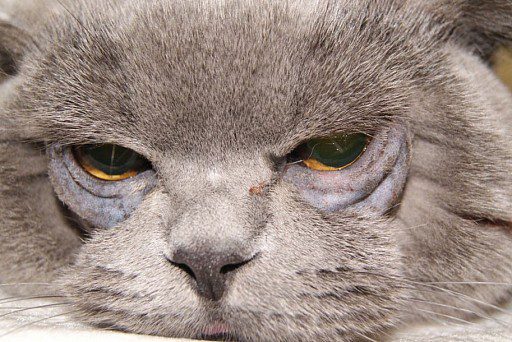
Inversion of the lower eyelid in a cat
Among the factors that are secondary (acquired), note:
- severe inflammatory diseases, for example, blepharitis;
- trauma;
- scars left after previous illnesses;
- incorrectly performed surgery.
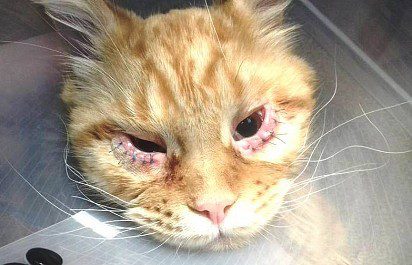
Appearance after surgical removal of entropion (eyelid torsion) in a cat
The treatment of the disease is mainly surgical, by excising excess skin. If the cornea is severely damaged, microsurgical intervention is performed to restore its integrity.
Another option is blepharoplasty with hyaluronic acid. This treatment is suitable for cats in whom general anesthesia is contraindicated.
Fallout of the third century
The third eyelid in cats is a translucent membrane, a fold of the conjunctiva that provides protection and moisture to the eyes. Its prolapse leads to profuse lacrimation and twitching of the eyelids, purulent or mucous discharge. The eyelid itself may become red and swollen.
The causes of third eyelid prolapse in a cat are the following factors:
- allergic reactions;
- infection;
- prolapse of the lacrimal gland;
- helminthic invasions;
- inflammatory processes;
- disorders of nerve conduction in the eye muscles;
- hit by a foreign object;
- neoplasms.
Diagnostics is complex. Treatment is mainly conservative, eliminating the cause of the pathology. Sometimes surgery is indicated.
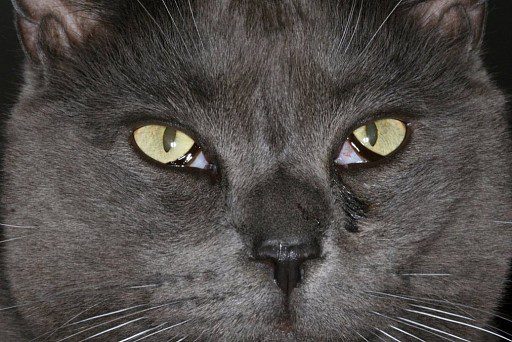
Third eyelid prolapse in a cat
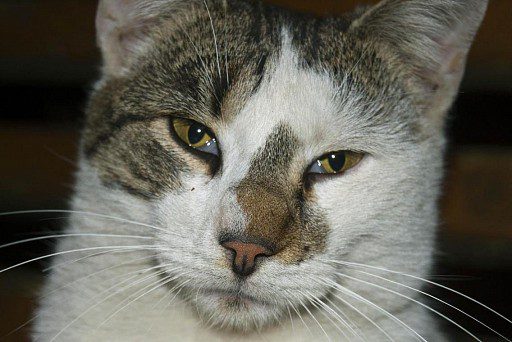
Ptosis
Ptosis is an involuntary drooping of the upper eyelid, a violation of its mobility, which leads to a narrowing of the palpebral fissure. The basis of the disease is a violation of nerve conduction, weakness of the circular muscle of the eye. May be the result of an inflammatory process. Treatment is operative.
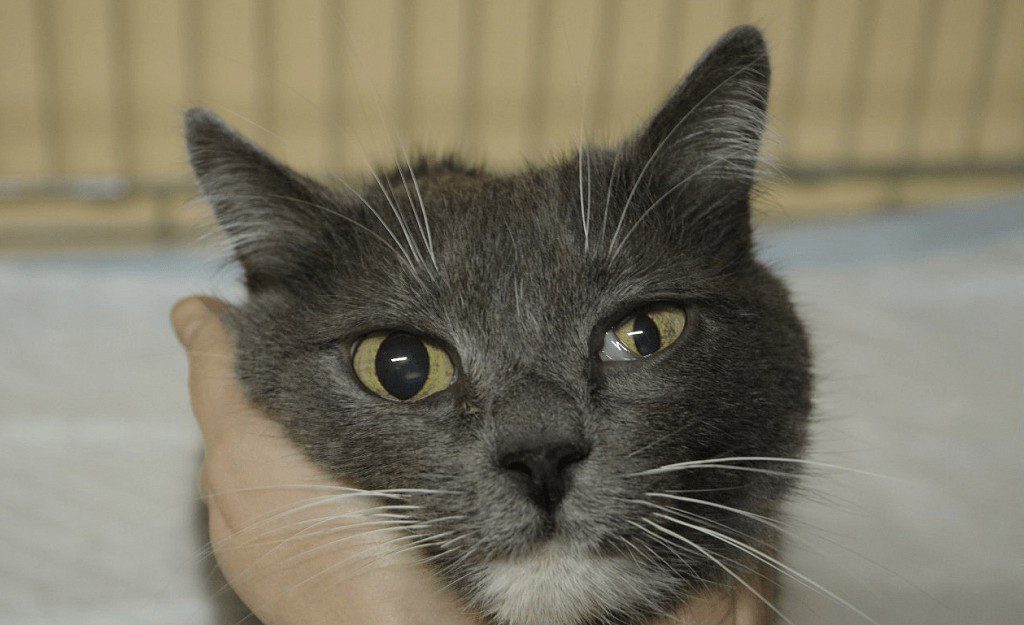
Ptosis in cats
Diseases of the cornea and conjunctiva in cats
The cornea is a light-refracting medium, a transparent shell that does not have blood vessels. It is part of the optical system of the eye, covers its front surface. The conjunctiva, or mucous membrane of the organs of vision, performs a protective function. The cornea and conjunctiva are very vulnerable organs to external factors.
Conjunctivitis
Inflammation of the conjunctiva. It is often found in kittens, since the protective properties of the membrane are not yet fully formed, as well as in cats in old age, due to weakened immunity. Other causes of inflammation include viral and bacterial infections, trauma (including self-injury), exposure to toxic substances in the eye, and allergies.
The clinical picture of conjunctivitis is characterized by:
- swelling of the eyelids, mucous;
- redness of the eyes;
- lacrimation;
- discharge of pus, exudate of different shades and volumes;
- itching, burning – the animal often “washes itself”, rubs its eyes with its paw.
Diagnosis is complex, in some cases laboratory tests are indicated. Treatment is conservative in the form of systemic or local drugs. Surgical treatment is rarely resorted to, mainly with the formation of multiple follicles.
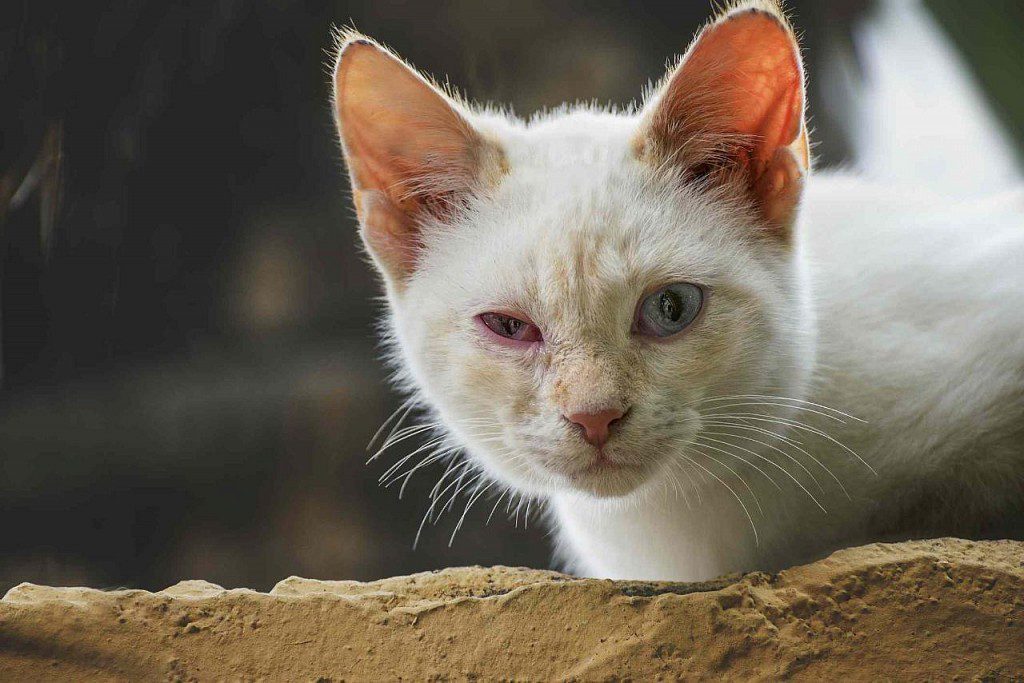
Conjunctivitis in a cat
Keratitis
Inflammation of the cornea of the eye in a cat, or keratitis, is observed with bacterial and viral infections. In this case, the mucous membrane becomes red, and the cornea acquires a cloudy grayish or bluish tint, may change shape, become uneven.
Symptoms of keratitis in cats:
- photophobia;
- Pain in the eyes;
- discomfort – the cat constantly rubs its eyes;
- lacrimation;
- secretion of purulent, mucous secretion.
Among the factors that lead to the development of keratitis, the most common are: infections (more often – herpesvirus), trauma, pathology of the eyelids. In addition, some cats have a genetic predisposition to pathology. Among them: Persians, British, Exotics.
The diagnosis is made on the basis of the clinical picture, examination, microscopy. Treatment is conservative with local or systemic drugs, or surgical – corneal transplantation. In advanced cases, it is possible to correct the pathology with a laser.
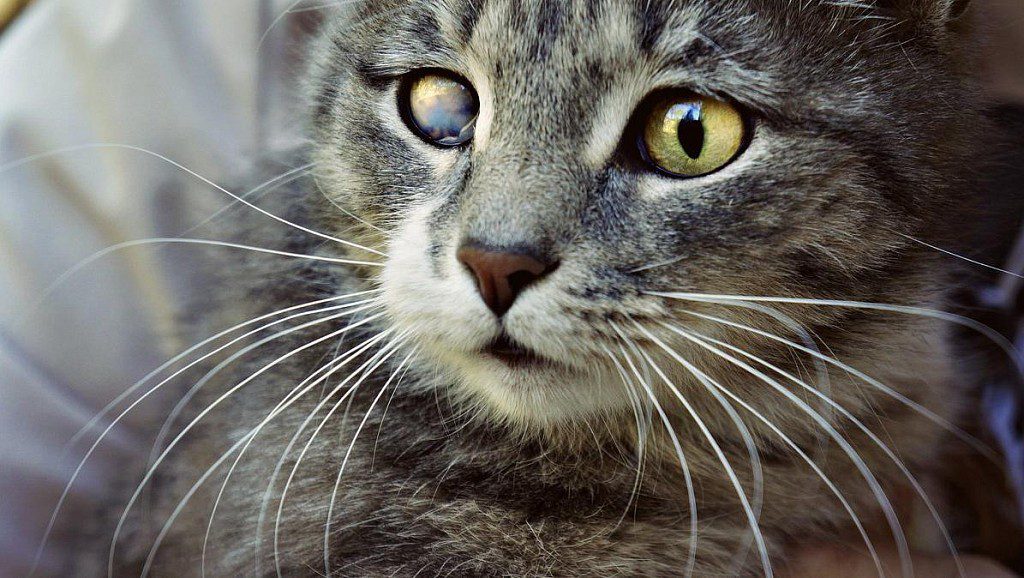
Keratitis in a cat
Uveit
Uveitis is an inflammatory process that occurs inside the eye of an animal, in the choroid. The share of uveitis in the development of blindness accounts for 25%. Pathology does not depend on the age or breed of the pet. Symptoms include:
- swelling and redness of the iris;
- lacrimation;
- photophobia;
- Pain in the eyes;
- change in the shape of the pupil;
- decrease or complete loss of vision – the cat hardly orients itself in space, stumbles upon objects.
In parallel, the following symptoms may occur: fever, weakness, apathy, refusal to eat, constant rubbing of the eyes with a paw.
Treatment depends on the damaged structure, the severity of the pathology, and the symptoms present. The treatment regimen includes local (eye drops, ointments) and systemic (tablets, injections) drugs of different groups – antibiotics, anti-inflammatory, hormonal and others.
If uveitis has caused irreversible damage to the eyeball, an operation to remove the eye is indicated.
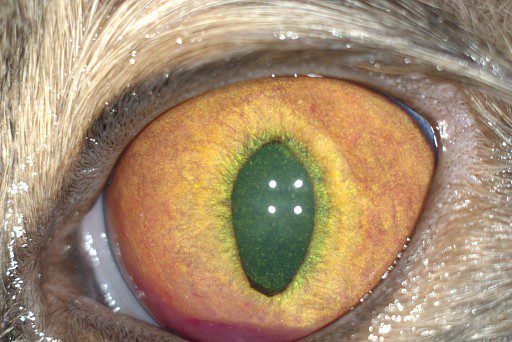
Uveitis in a cat
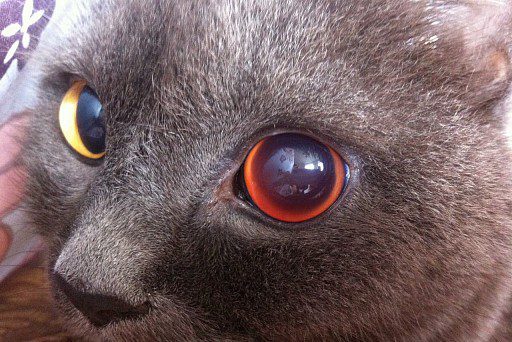
Diseases of the lens, fundus of the eye
The fundus and the lens provide visual acuity. Diseases of these structures of the eye lead to blurred vision, decrease or fluctuations in acuity, dystrophic changes, up to complete blindness.
Cataract
With a cataract, the lens loses its transparency, becomes cloudy, which disrupts its function (refraction of light). At the same time, the pupil and iris become cloudy. Among the symptoms of the disease can be noted (as the pathology develops):
- a slight change in the shade of the pupils (bluish, grayish), orientation in space is preserved;
- the lens becomes cloudy in the center, the animal may not distinguish the contours of objects;
- the lens becomes completely cloudy, the pet is disoriented in space;
- complete loss of vision, white lens, possibly its displacement.
The main causes of cataracts in cats are injuries, eye diseases, and endocrine disorders such as diabetes. Some breeds are genetically predisposed to the development of pathology: Persians, Bengals, Scots, Exotics.
Treatment of cataracts in cats is carried out only by surgery: replacement of the lens with an artificial one or its complete removal.

Cataracts in cats
Glaucoma
A chronic disease caused by an increase in the volume of fluid inside the eye and an increase in intraocular pressure.
Signs of glaucoma:
- enlarged pupil and eyeball;
- profuse lacrimation;
- tortuosity of the vessels of the sclera of the eye;
- redness of the mucous membrane;
- turbidity of the cornea;
- soreness of the organ of vision – the cat does not allow to be touched;
- disorientation of the pet in space;
- photophobia.
Inflammatory processes of the eyes, frequent and uncontrolled intake of anti-inflammatory drugs, injuries, and heredity lead to the development of pathology.
It is impossible to make a diagnosis on your own; a comprehensive examination of the animal is necessary. The veterinarian may prescribe an examination of the fundus, intraocular pressure, biomicroscopy.
A conservative method of treatment involves taking antihypertensive drugs for the rest of the cat’s life. The use of drugs that improve the nutrition of the blood and nerve vessels of the eyes is also shown. It should be noted that glaucoma cannot be cured, but its progression can be stopped. In some cases, surgery is indicated.
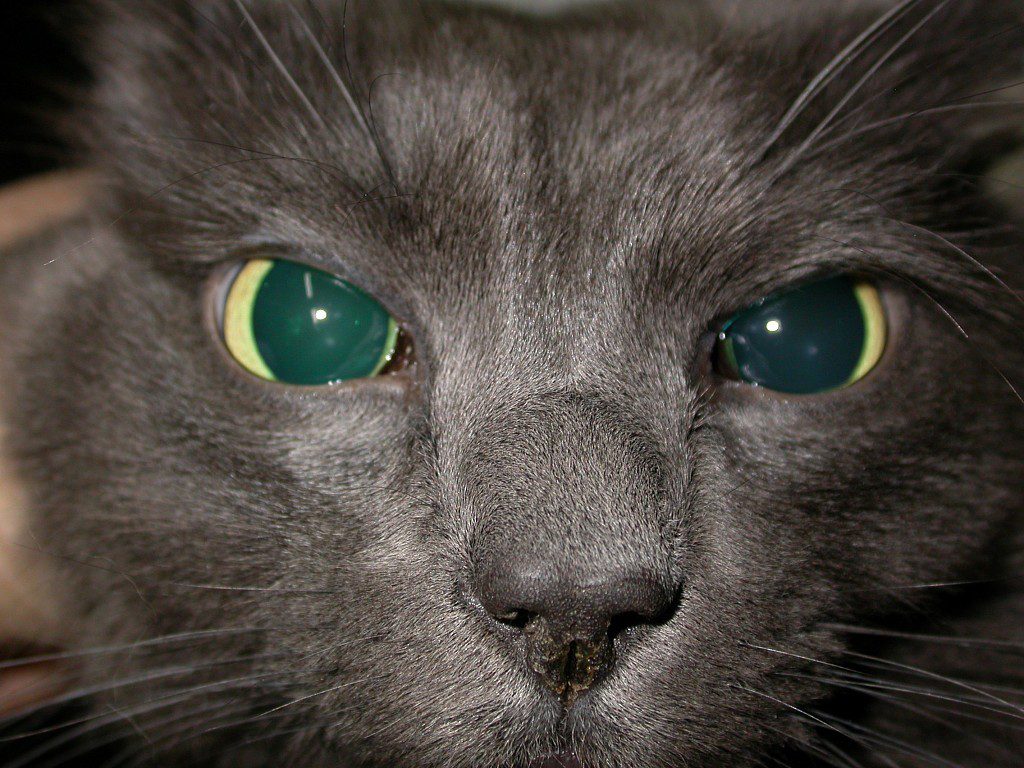
Glaucoma in a cat
Other Eye Diseases in Cats
There are other eye diseases in cats. They are less common, but no less dangerous.
- Dacryocystitis is an acute or chronic inflammatory process in the lacrimal sac. It is characterized by edema, redness, copious discharge of tears, sometimes pus. Treatment is local (washing, drops) or systemic.
- Canaliculitis is another disease of the tear ducts, the cause of which is their obstruction. Treatment consists of washing the canals or removing the lacrimal sac.
- Adenoma of the third century – is manifested by thickening, redness of the membrane. It is treated by removal or suturing.
- Prolapse (exophthalmos) or retraction (enophthalmos) of the eyeball is a consequence of certain diseases. Treatment is operative.
- Panophthalmitis is a life-threatening disease for a cat; the cause is infection. It proceeds hard, therapy is poorly amenable to, the pathological process covers all tissues of the organ. The eye of the animal increases in size, becomes cloudy, a large amount of lacrimal fluid, pus is released. Treatment consists of removing the eyeball.
How to treat eyes at home
After the doctor has prescribed treatment for the pet, the owner will have to strictly adhere to the recommendations, create the most comfortable conditions for the cat, and, perhaps, learn some techniques and methods of care.
First, with eye diseases, you need to place the cat in a place where direct sunlight cannot penetrate. The darker the corner, the better the animal will feel.
Secondly, sources of noise should be eliminated: do not turn on the TV loudly, talk with household members so that they behave more quietly. To prevent new injuries and to avoid infection, the animal needs to cut its claws. Walking on the street and contact with other animals are also not recommended.
Hygiene measures
These include washing your pet’s eyes. The liquid can be boiled water, medicinal solution, infusion or decoction of herbs. The last two options require the approval of a veterinarian, because some formulations may neutralize other drugs or increase their side effects.
It is desirable that during the treatment of the eyes of the cat there was an assistant nearby. But if the pet does not behave aggressively, does not try to escape, does not scratch, then you can cope with the procedure alone. To wash the eyes of a cat, you need to moisten a cotton pad or a piece of cotton wool in the solution, squeeze it out a little and, without pressing, wipe the eyelids in the direction from the outer corner to the inner.
Another option: draw the solution into a syringe (without a needle), drip into the eye, wipe with a disk. Repeat until the palpebral fissure and eyelids are clear.
Application of eye drops and ointment
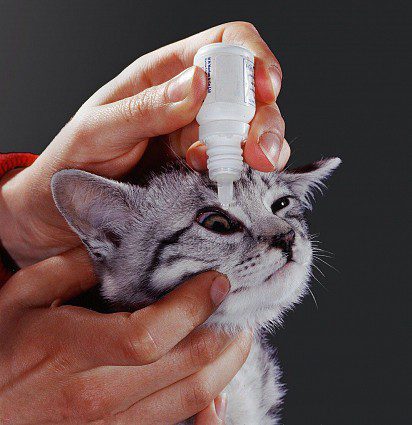
How to drip a kitten’s eyes
Drops and ointment are usually placed behind the lower eyelid, after which they are massaged to evenly distribute them. It is recommended to put on a special collar on the pet so that he does not have the opportunity to rub his eyes and lick the medicine from his paws. When prescribing several drugs, it is necessary to check with the doctor the sequence of their use, since some of them may be incompatible.
Using folk methods
As monotherapy, folk remedies in the treatment of eyes in a cat are rarely used. Basically, decoctions and infusions of herbs are included in the comprehensive program as additional measures. In addition, if the animal has not previously undergone such events, the risk of developing an allergy is not excluded.
On the Internet you can find a large number of recipes and methods for treating eye diseases in cats based on a wide variety of components. The use of olive oil is especially dangerous, since the film that forms on the surface of the eyeball becomes a breeding ground for bacteria.
preventive measures
To prevent eye diseases in cats, it is necessary to eliminate the factors that provoke them, as well as maintain the pet’s immunity in a normal state.
- It is recommended to bring the cat to the clinic for a preventive examination every year. Regular blood, urine and stool tests will allow you to detect pathologies in the early stages.
- Poisonous, toxic chemicals should be kept out of the reach of the animal.
- For cats, not only a poor diet is harmful, but also overfeeding. Obesity is the cause of many diseases, including eye diseases. Excess weight disrupts metabolism, impairs the functioning of the endocrine system.
- It is important to provide the animal with a complete diet containing all the necessary nutrients, macro- and microelements, vitamins.
- It is necessary to cut the pet’s nails and hair in a timely manner.
- Treat the animal regularly for parasites.
- Strictly adhere to the vaccination schedule.
If your cat has symptoms of eye disease, do not postpone a visit to a specialist!



